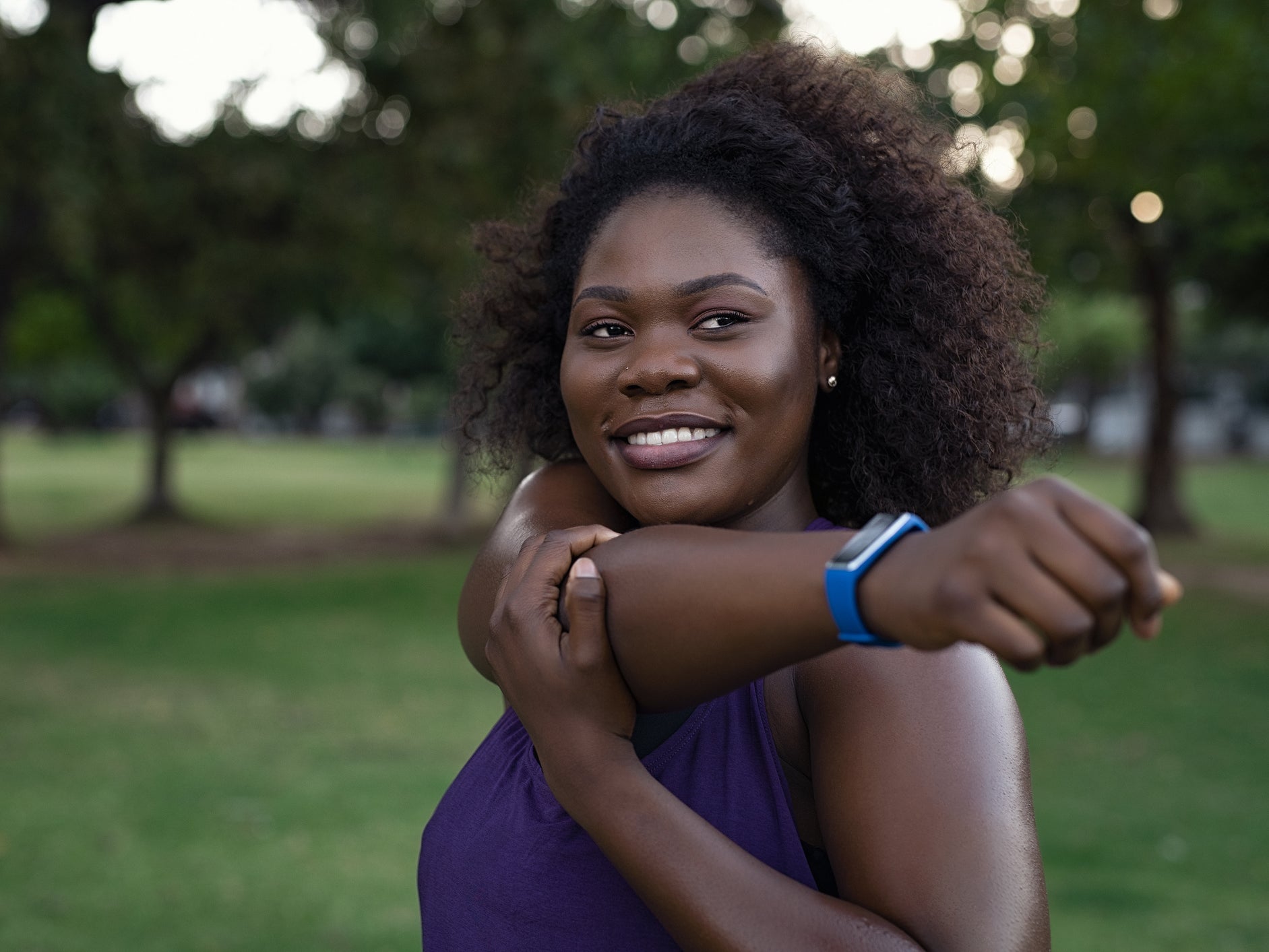Black, Asian and minority ethnic people less likely to be physically active due to ‘deep-rooted inequalities’
‘There’s an elevated level of discomfort when talking about race and culture in sport and we need to get beyond this,’ says Sport England board member

Your support helps us to tell the story
From reproductive rights to climate change to Big Tech, The Independent is on the ground when the story is developing. Whether it's investigating the financials of Elon Musk's pro-Trump PAC or producing our latest documentary, 'The A Word', which shines a light on the American women fighting for reproductive rights, we know how important it is to parse out the facts from the messaging.
At such a critical moment in US history, we need reporters on the ground. Your donation allows us to keep sending journalists to speak to both sides of the story.
The Independent is trusted by Americans across the entire political spectrum. And unlike many other quality news outlets, we choose not to lock Americans out of our reporting and analysis with paywalls. We believe quality journalism should be available to everyone, paid for by those who can afford it.
Your support makes all the difference.People who are from black, Asian and minority ethnic backgrounds are less likely to take part in physical activities, Sport England has said.
In a new report titled “Sport for All”, the organisation emphasised that “ethnicity and culture matters in sports and physical activity”, sharing statistics outlining how people from Asian, black and Chinese backgrounds are less likely to exercise than individuals who are white.
The findings, published following a survey of more than 100,000 people (49,000 adults and 57,700 children), also discovered that people from ethnic groups are less likely to volunteer at sporting events and “are missing out on the benefits of sport and physical activity” as a result.
The report stated that while 62 per cent of adults in England currently do 150 minutes of physical activity a week, as per the Chief Medical Officer’s guidelines, only 56 per cent of black people in the country and 55.1 per cent of Asian people (excluding those of Chinese heritage) reach this goal.
Furthermore, while 45 per cent of children and young people aged between five and 16 years old meet the Chief Medical Officer’s guidelines of partaking in at least 60 minutes of physical activity a day, only 40.4 per cent of black children and 39.7 per cent of children from Asian backgrounds do so.
While speaking at a conference in Birmingham on Monday, Sport England board member Chris Grant said there is “an elevated level of discomfort when talking about race and culture in sport”, stating that we as a society “need to get beyond this if we are genuinely going to do something about the ethnicity gap”.
“One of the key ingredients to achieve necessary change at all levels of sport if how we use data,” he said.
“If we don’t invest both vigour and rigour in building a detailed picture of the situation as it currently exists, then we stand little chance of coming up with effective solutions that will improve peoples’ lives.”
Phil Smith, director of sport at Sport England, stressed that the sporting sector has not made “the concerted joined up effort to understand critically address the ethnicity gap in participation”.
“We all have a huge opportunity to create innovative new ways of designing sport and physical activity so that many more people can see it as something for them, for people who look like them, for people from their communities,” said Mr Smith.
“We absolutely recognise that there are complex, interconnected mixture of issues at play here and it would be wrong and reductive to think that there is one simple answer.”
The Sport England report stated that the places where people live can play a part in whether or not they are likely to be physically active.
“People from black, Asian and minority ethnic backgrounds are seven times more likely to live in an urban area than someone from a white ethnic background,” the report stated.
“These geographical factors can contribute to, and perpetuate, some of the socioeconomic, social cohesion and social mobility issues that influence a person’s ability to engage in sport and physical activity.”
Join our commenting forum
Join thought-provoking conversations, follow other Independent readers and see their replies
Comments